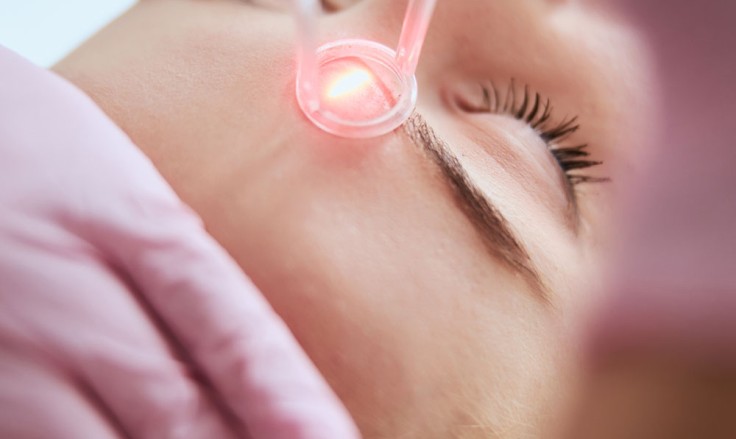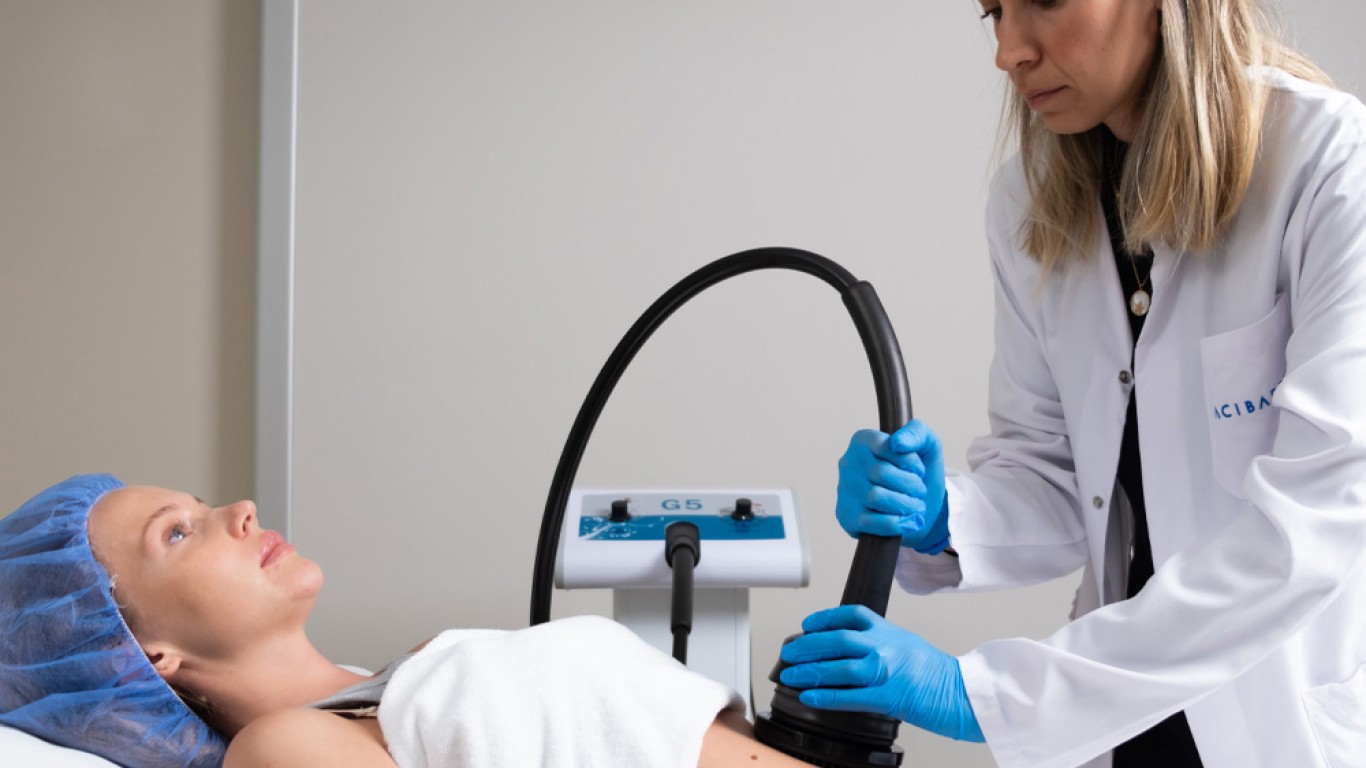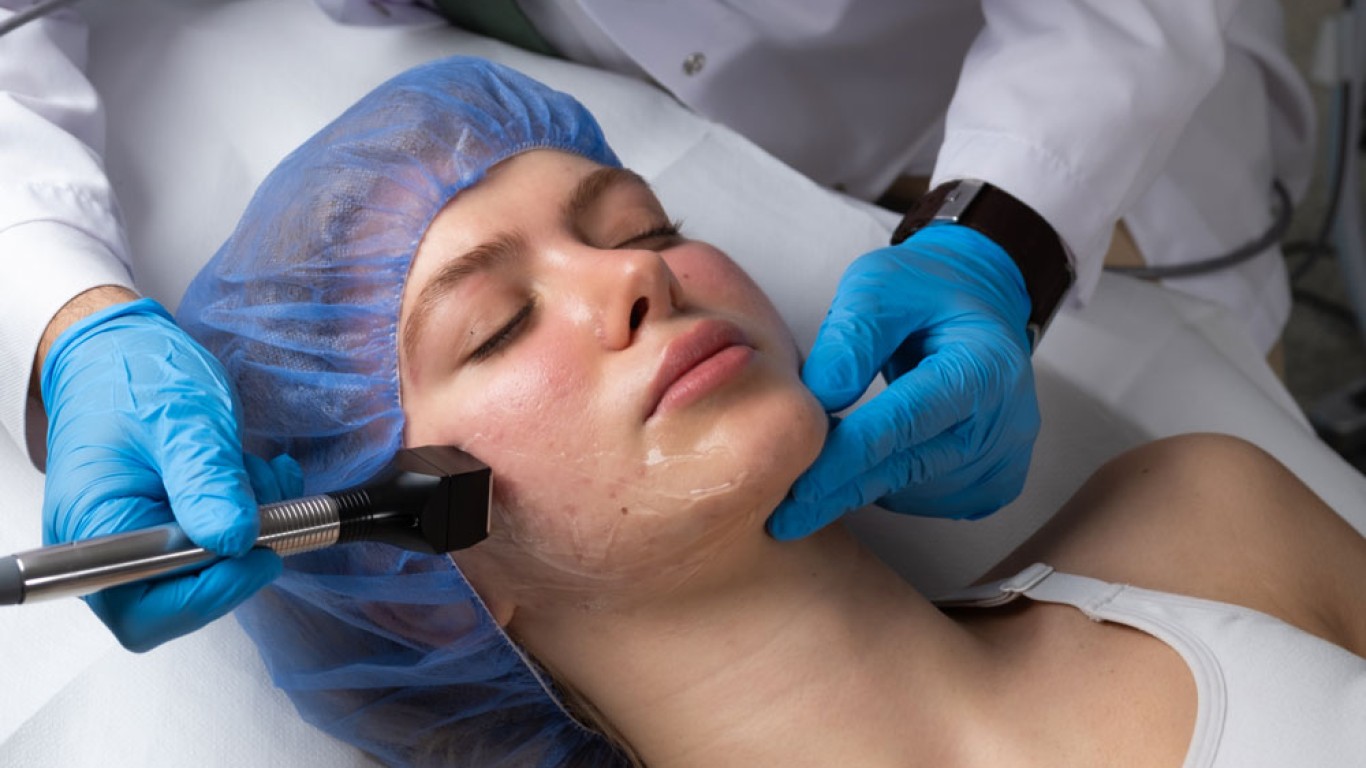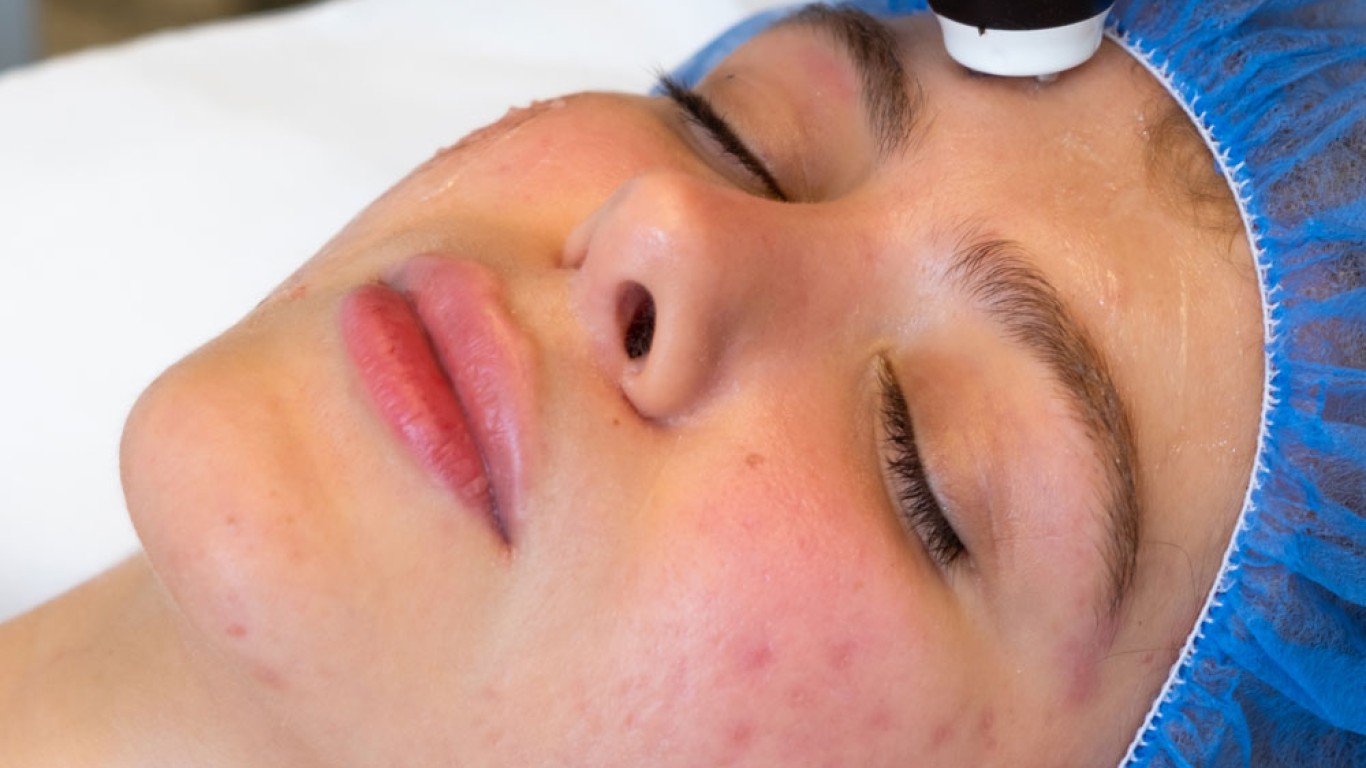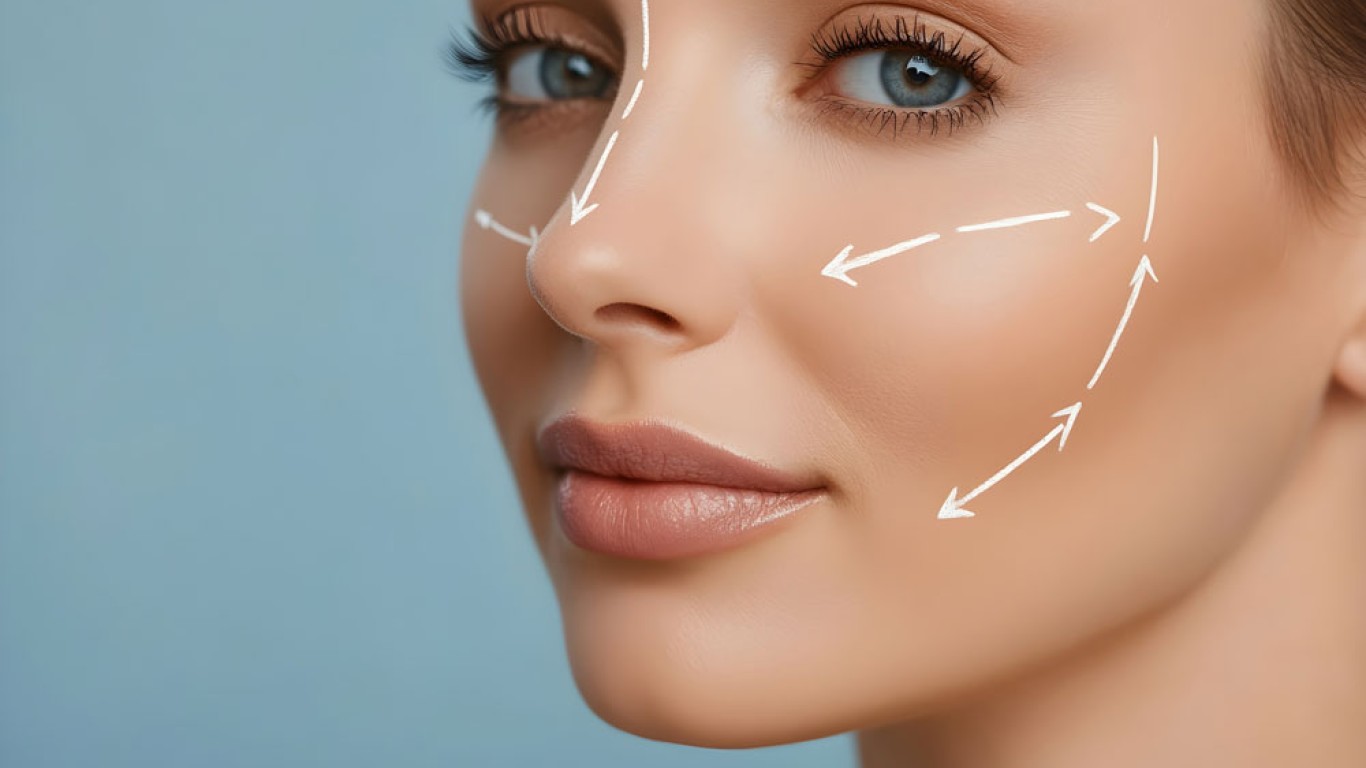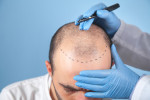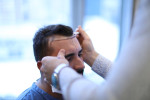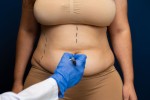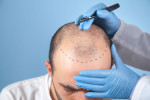Introduction
Ageing is natural, but maintaining smoother, youthful-looking skin is now more achievable than ever. Among modern innovations, laser wrinkle reduction has become one of the most effective solutions for refining texture and softening lines.
This article explains exactly how laser wrinkle reduction works. We explore why it’s so effective and what patients can expect before, during and after treatment.
Understanding Laser Wrinkle Reduction
Laser wrinkle reduction uses focused light energy to rejuvenate the skin at a cellular level. The laser gently removes damaged outer layers while stimulating collagen beneath the surface.
Collagen is hugely important because it’s the protein responsible for firmness and elasticity. As new collagen develops, skin becomes smoother, tighter and more radiant.
Unlike invasive surgery, this procedure achieves visible improvements without significant downtime or discomfort.
So, How Does Laser Wrinkle Reduction Work?
During treatment, precise pulses of light target microscopic zones in the skin. These pulses encourage controlled healing, prompting fresh collagen production.
As old cells become replaced by new tissue, fine lines and wrinkles gradually fade. The surrounding skin remains intact, which helps keep recovery time to a minimum.
This combination of exfoliation and renewal creates a more youthful appearance with consistent, natural-looking results.
Different Types of Laser Wrinkle Reduction
Not all lasers are the same. Different wavelengths and intensities serve unique purposes:
- Ablative lasers remove thin surface layers, improving texture and tone.
- Non-ablative lasers work beneath the surface, stimulating collagen with minimal recovery time.
- Fractional lasers combine both approaches, treating targeted areas while leaving healthy tissue untouched.
Each type of laser wrinkle reduction offers its own distinct benefits. This helps practitioners to customise treatments for individual skin types and goals.
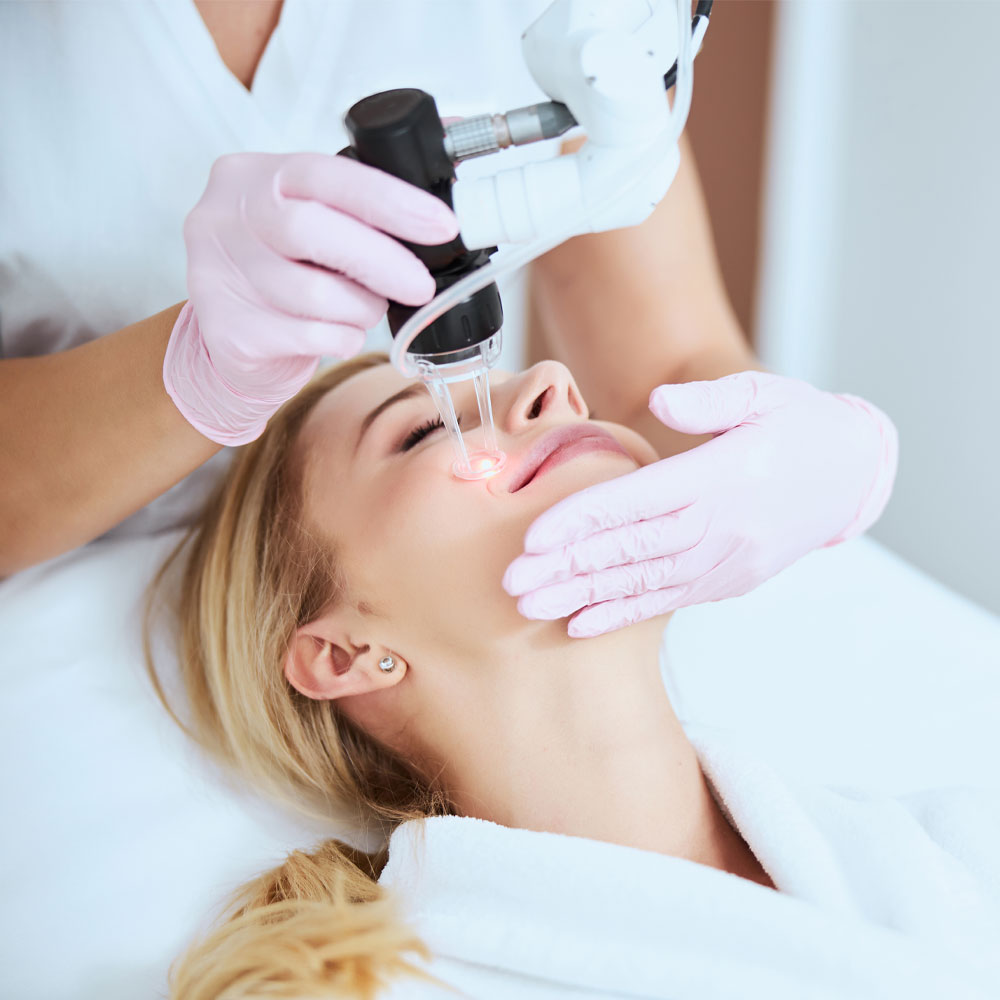
Areas Commonly Treated For Laser Wrinkle Reduction
Laser wrinkle reduction is suitable for multiple areas, including:
- Forehead and frown lines
- Crow’s feet around the eyes
- Lines around the mouth
- Neck and décolletage
- Hands showing early signs of ageing
These zones often experience the earliest signs of collagen loss, making them ideal for rejuvenation.
What Happens During the Procedure?
As with any procedure, the first step is an in-depth consultation. The specialist evaluates your skin, discusses expectations and chooses the best laser type.
Numbing cream may be applied before the procedure takes place. The laser device then delivers light pulses to specific areas, often lasting 30-60 minutes.
Mild redness or warmth is normal afterward and usually fades within a few days. Patients can typically return to daily activities immediately.
What Are The Benefits of The Procedure?
This treatment offers multiple benefits beyond simply smoothing lines. It enhances overall tone, reduces uneven pigmentation and minimises pore size.
Because collagen continues developing after each session, improvements become more visible over several weeks.
Patients often describe their skin as fresher, firmer, and naturally youthful - without an overdone or artificial look.
Combining Laser Wrinkle Reduction with Other Treatments
For comprehensive rejuvenation, this treatment can be combined with other procedures such as microneedling or mesotherapy.
These combinations enhance hydration, firmness and long-term radiance. For instance, while the laser boosts collagen, mesotherapy nourishes skin with vitamins and hyaluronic acid.
This layered approach delivers deeper, more balanced results across multiple skin layers.
How Laser Wrinkle Reduction Differs from Peels
Chemical peels are also known for exfoliating the skin. That said, laser wrinkle reduction works at a more precise depth. Lasers can target wrinkles, sun damage and tone irregularities simultaneously. Peels, by contrast, primarily resurface the outer layer.
The precision of this treatment allows personalised adjustments for different skin types. In turn, this allows patients to achieve smoother results with reduced irritation.
Recovery and Aftercare
After treatment, mild redness or sensitivity may occur for a short time. Moisturising and sun protection are both vital elements in the recovery process.
Avoiding harsh products and heat exposure supports faster healing. Patients notice clearer, more even skin within a few days, with continued improvement for months.
Consistent skincare routines, including hydration and SPF, help maintain results longer.
Conclusion
Laser wrinkle reduction stands out as one of the best ways to restore youthful radiance. It blends science with aesthetics, delivering smoother, healthier skin through safe, targeted light energy. From its precision to its lasting collagen renewal, this treatment redefines what modern skincare can achieve.
If you’re considering laser wrinkle reduction and want to learn more, visit the ACIBADEM Beauty Center Laser Wrinkle Treatment page.
Frequently Asked Questions
Most skin types benefit, though consultation ensures the best laser match.
Typically, three to six sessions produce optimal improvement.
No, most patients describe mild warmth or tingling only.
Yes, it also improves tone, pigmentation, and texture.
Initial results show after the first treatment, improving further as collagen rebuilds.
